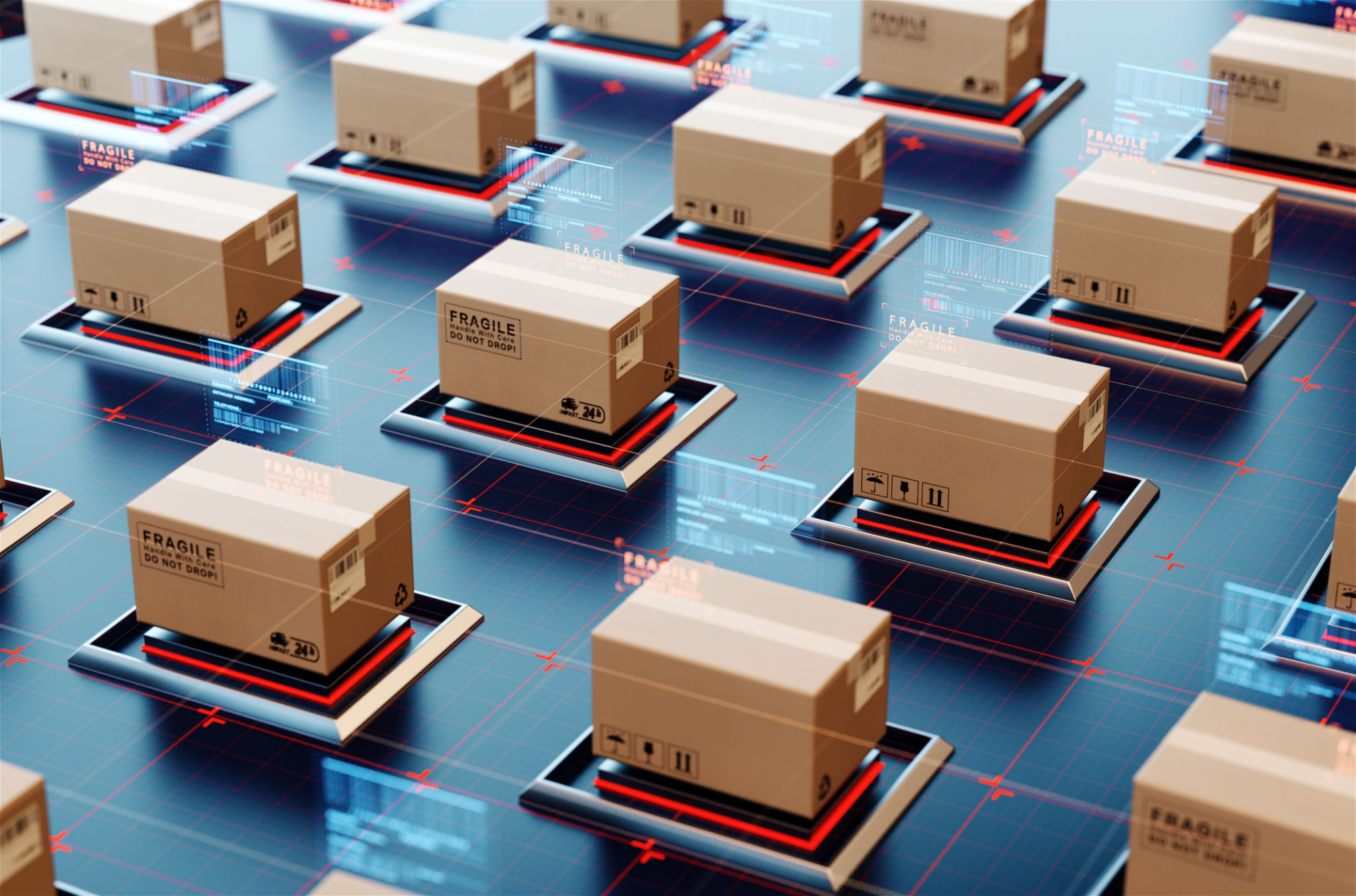Digital Transformation Trends Shaping the Future of Logistics
T4
Introduction to Digital Transformation in Logistics
The logistics industry, once defined by paper trails and manual processes, is undergoing a significant digital transformation. As technology evolves, logistics companies are leveraging innovative solutions to enhance efficiency, improve customer satisfaction, and reduce costs. This transformation is not just a fleeting trend but a fundamental shift shaping the future of logistics.
With the rapid advancement of technology, it's crucial for logistics businesses to stay updated with current trends. By doing so, they can remain competitive in an increasingly digital marketplace. Let's explore some of the key digital transformation trends that are shaping the future of logistics.

Automation and Robotics
Automation and robotics are revolutionizing logistics operations. By automating repetitive tasks, companies can significantly reduce human error and increase productivity. Robotics, particularly in warehouses, facilitate faster and more accurate order fulfillment, leading to improved service levels.
Some of the ways automation is being implemented include:
- Automated guided vehicles (AGVs) for material handling.
- Robotic process automation (RPA) for back-office operations.
- Use of drones for faster delivery in remote areas.

Internet of Things (IoT)
The Internet of Things (IoT) is another transformative force in logistics. IoT devices provide real-time data that enhances visibility across the supply chain. This data allows logistics managers to monitor conditions such as temperature and humidity, ensuring products are transported under optimal conditions.
Moreover, IoT enables predictive maintenance of vehicles and equipment, reducing downtime and prolonging asset life. The integration of IoT in logistics not only boosts operational efficiency but also enhances customer experience through transparency and real-time tracking.
Artificial Intelligence and Machine Learning
Artificial Intelligence (AI) and Machine Learning (ML) are increasingly being used in logistics for demand forecasting, route optimization, and inventory management. These technologies analyze large data sets to identify patterns and make predictions that help streamline operations.
AI-driven chatbots are also enhancing customer service by providing instant assistance and resolving queries efficiently. The adoption of AI and ML in logistics is crucial for companies aiming to make data-driven decisions and stay ahead of the competition.

Blockchain Technology
Blockchain technology is poised to transform logistics by providing a secure, transparent method for tracking goods and transactions. This decentralized ledger system ensures all parties have access to a single version of the truth, reducing disputes and increasing trust across the supply chain.
Key benefits of blockchain in logistics include:
- Enhanced traceability of products from origin to destination.
- Improved security through immutable records.
- Streamlined payments and reduced transaction costs.

Conclusion
The digital transformation of logistics is not just about adopting new technologies but also about redefining business models and processes. Companies that embrace these trends will be better positioned to meet the demands of a rapidly changing market. As we move forward, staying informed about technological advancements will be essential for those looking to remain competitive in the logistics industry.
By leveraging automation, IoT, AI, blockchain, and other innovations, logistics firms can enhance efficiency, reduce costs, and provide superior service, ultimately driving business growth in the digital age.
